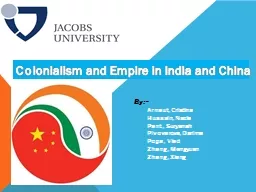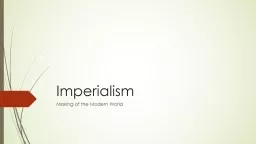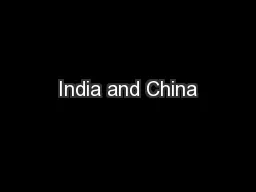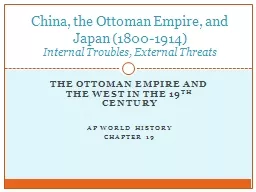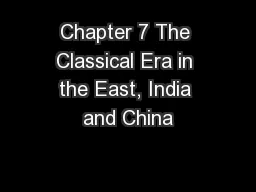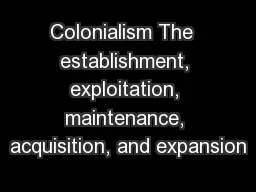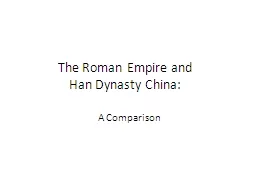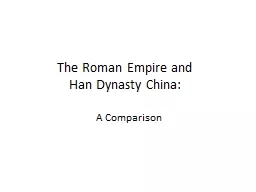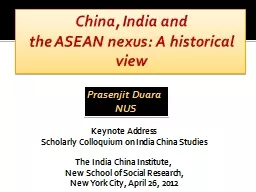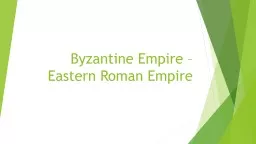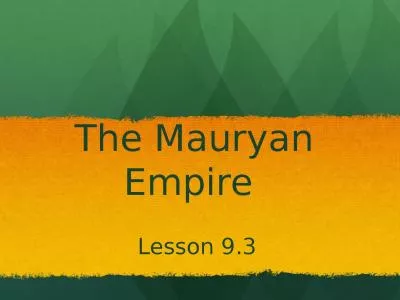PPT-Colonialism and Empire in India and China
Author : tawny-fly | Published Date : 2016-06-27
By Arnaut Cristina Hussain Nazia Pant Suryansh Pivovarova Darima Popa Vlad Zhang Mengyuan Zhang Xiang Battle of Diu 1509 Trade In Spices Portuguese Indian
Presentation Embed Code
Download Presentation
Download Presentation The PPT/PDF document "Colonialism and Empire in India and Chin..." is the property of its rightful owner. Permission is granted to download and print the materials on this website for personal, non-commercial use only, and to display it on your personal computer provided you do not modify the materials and that you retain all copyright notices contained in the materials. By downloading content from our website, you accept the terms of this agreement.
Colonialism and Empire in India and China: Transcript
Download Rules Of Document
"Colonialism and Empire in India and China"The content belongs to its owner. You may download and print it for personal use, without modification, and keep all copyright notices. By downloading, you agree to these terms.
Related Documents

